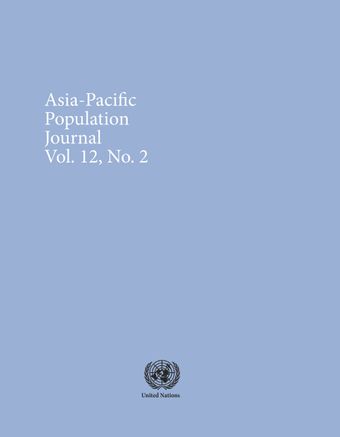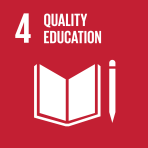-
Timing of family formation in ethnic mosaic Nepal: A district-level analysis
- Source: Asia-Pacific Population Journal, Volume 12, Issue 2, Apr 1997, p. 1 - 8
-
- 30 Apr 1997
- Previous Article
- Table of Contents
- Next Article
Abstract
Marriage marks the beginning of socially sanctioned exposure to pregnancy and sets the course of subsequent childbearing. Thus, the age of a woman at marriage is one of the most important proximate determinants of the aggregate level of fertility (Bongaarts and Potter, 1983). Age at marriage is also an important indicator of women’s status (Safilios-Rothschild, 1986). An increase in the age at marriage also means minimizing first births to teenage mothers, which is known to carry a higher risk for the mother and child (Hobcraft, 1987). Because of its role in determining the fertility level, improving women’s and children’s health, and enhancing women’s status, increasing age at marriage has been an important domain of public policy-making (Henry and Piotrow, 1979). Most countries, for example, have imposed legal sanctions on age at first marriage. The identification of factors affecting the age at marriage is therefore of paramount interest for multiple reasons.





